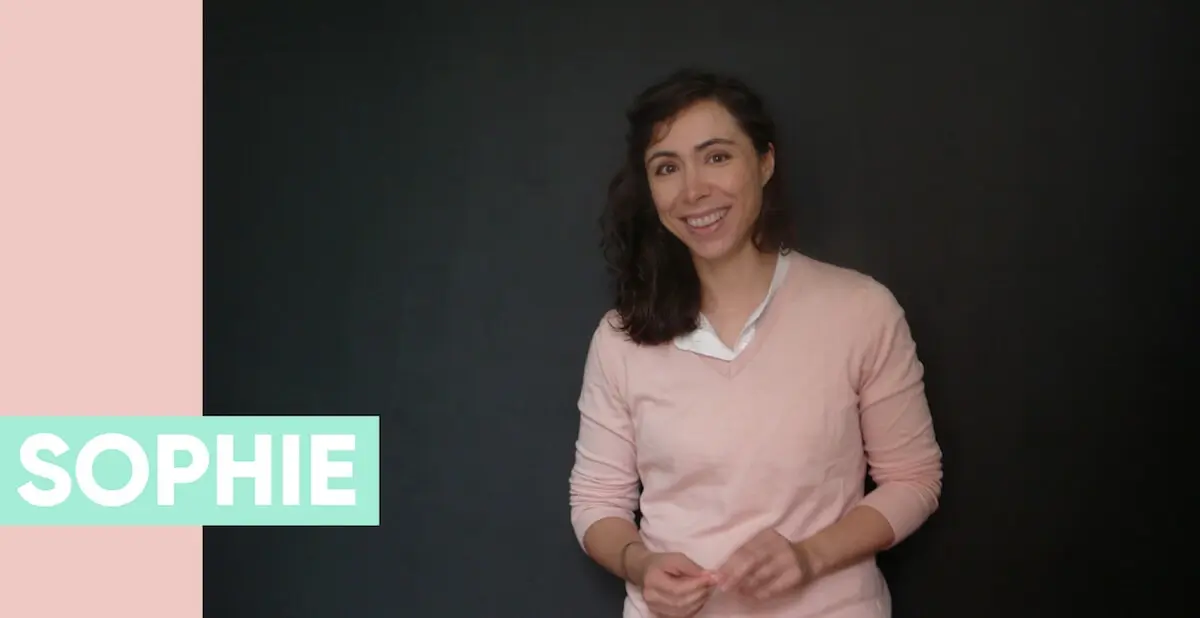In today’s spotlight, UX design mentor, Sophie Lepinoy discusses her career change from finance to design, and her experience as a freelance UX designer and teacher.
After spending 7 years as a financial analyst, she followed her dreams, became a UX designer, and went freelance. Read on for an insight into the life of a UX designer, and get her top tips for beginners!
Finding her feet in design
Before becoming a designer, Sophie spent 7 years working as a financial analyst for large corporations including JPMorgan Chase, a career which took her to Paris, London, and New York. While she enjoyed the research and writing aspect of her role, she started to daydream about making the leap to a new career – she wanted to work in a more creative environment.
Even while she was (professionally) immersed the banking world, her interest in art and design was still palpable:
“I was always visiting art exhibitions, and drawn to modern art. I find that artists have a unique point of view: they challenge the status quo, create their own environment and reality. I think reality is what you make of it, within your own limits.“
Her fascination with the arts, combined with an interest in technology as a tool for innovation, led Sophie to discover UX design. She believes that great design should always take into account business needs, user needs, and innovation.
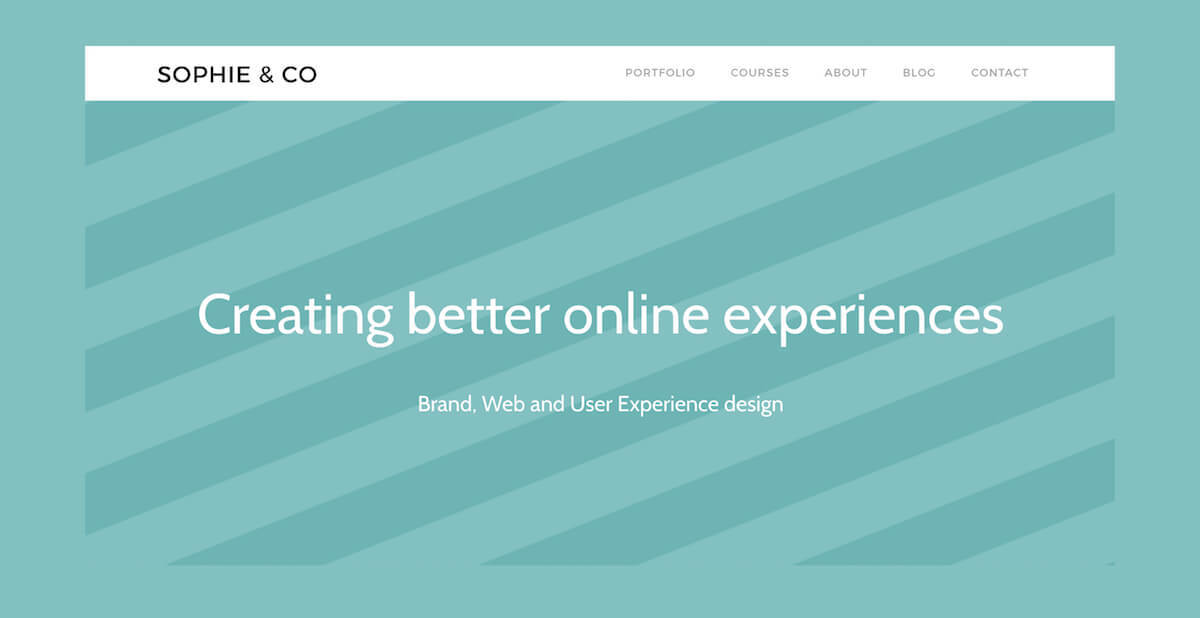
Besides mentoring for CareerFoundry, Sophie is a freelance UX designer working on development projects in the third sector, freelance projects for private companies, and teaching courses and leading workshops at University of the Arts, London.
Sophie recounts that her biggest accomplishment so far has been establishing user experience design and research practices in diverse, and sometimes stubborn, environments, from large corporations to startups. UX is still a relatively new field, and it is therefore not always easy to convince companies that it is a crucial component of their business. To counter this, Sophie suggests pulling out the numbers. “To make a case for design, a designer needs to measure the work they do against key performance indicators or metrics, so they can demonstrate the true value of their work.”
One of the projects Sophie is most proud of is creating the first modern, easy to use, digital tool to allow knitwear designers to digitalise their knit patterns and sell them online. The tool gives knitwear designers the opportunity to make a living out of their craft, without needing tech skills.
Sophie has experience working in a variety of settings, from corporate, to freelance, to startups. “Corporate businesses are good for learning UX, because designers have more time to work on long-term projects than in agencies. These long-term projects allow designers to gain a deep understanding of users, though smaller agencies may provide a more fast-paced environment, and involve more fun/innovative work.”
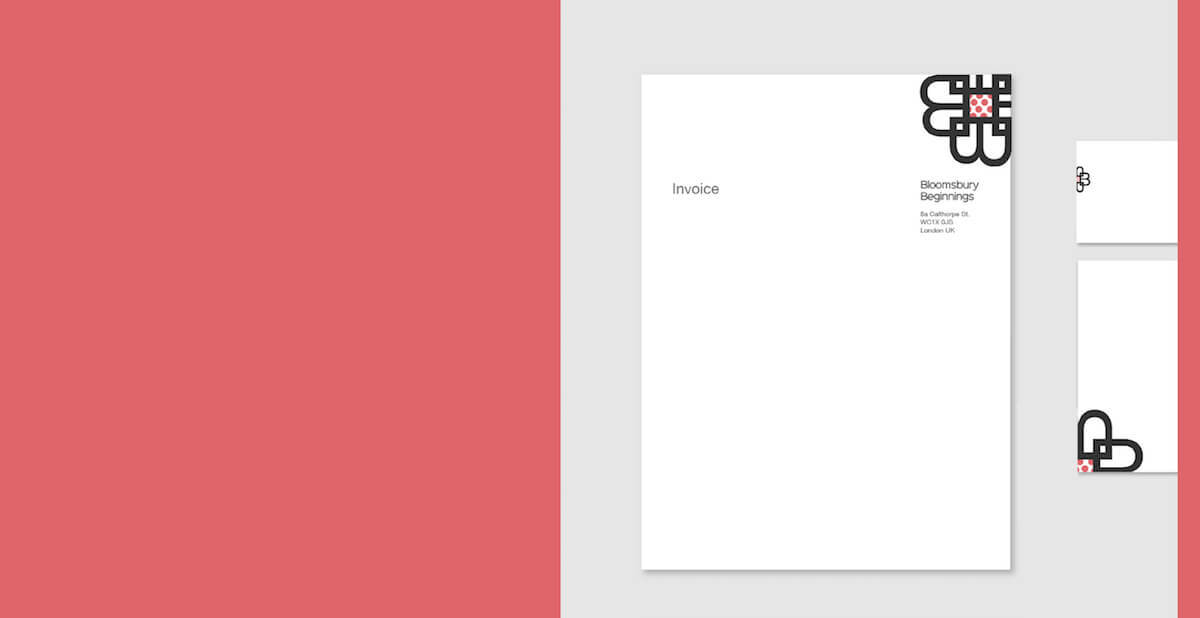
As for freelancing, Sophie says it’s definitely tough, but she appreciates the flexibility to plan her days, and work at times that suit her. Her financial background also comes in handy:
“__Freelancers need organization, self-discipline, and must not be afraid of managing their own finances. There are lots of different types of freelancers, but many work on short-term contracts for a several clients, both in-person and remote.”
She particularly enjoys working with startups:
“Startups are exciting places where new products emerge rapidly. If well-managed, they are great environments for designers who want to innovate and take responsibility for large projects – even if you don’t feel like you have enough experience!” ## A day in the life of a UX designer
Sophie often finds herself working in agile teams. Agile is a collaborative and iterative project management style, which is also used at CareerFoundry. This means that the day usually starts with a stand-up meeting: “I share with the whole team what I’ve accomplished the day before and what my goals are for the upcoming day.”
Teamwork is an integral part of agile, and commercial websites are almost always team projects – designers, developers and managers need to work closely together to work faster. For this reason, there is a growing tendency to use agile practices.
“After the stand-up meeting, depending on the project, I may work on design assets such as Sketch, an Axure prototype, a site-map, or personas.”
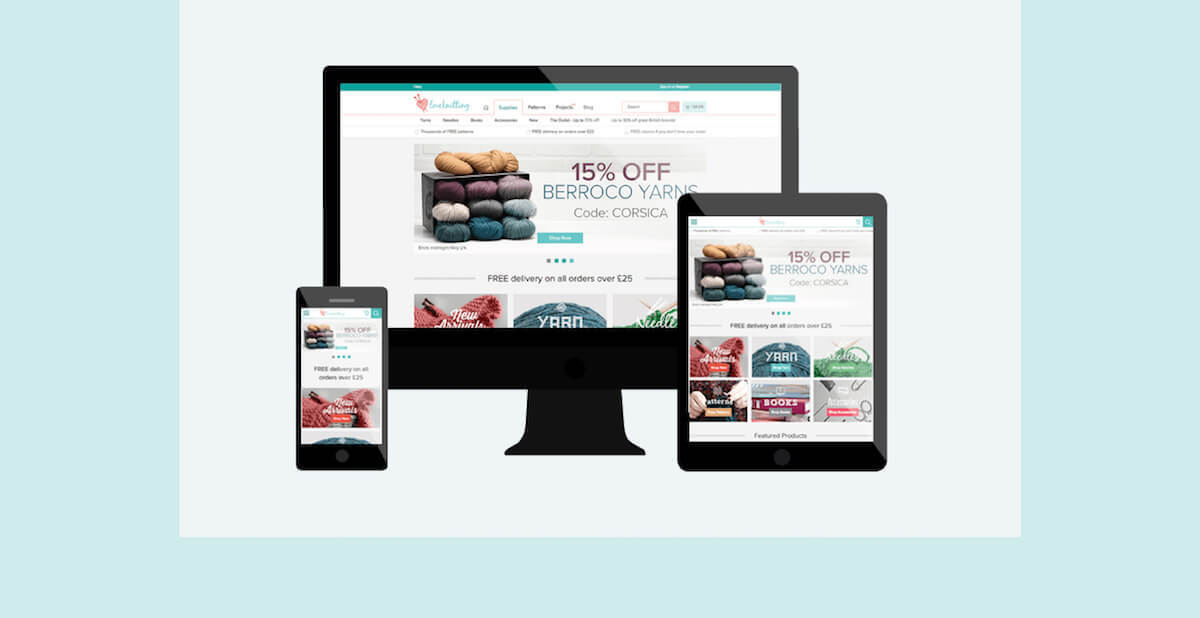
Later in the day, Sophie takes care of communicating and project planning with other colleagues and teams, including a project manager, product owner, and developers. After spending some time in the afternoon conducting user research as well, through interviews, card sorting, and usability testing, Sophie usually summarizes research findings, conducts some quick design research or just works on a design asset.
Mentoring
Sophie has been working as a CareerFoundry mentor since early 2015:
“I love the flexibility it gives me and my students. For students it is ideally flexible: they have access to my mentoring and to an excellent course material wherever they are.”
Her motivation for mentoring was in part due the mystique that still surrounds UX design:
“I think UX is still often misunderstood or unknown. I wanted to share my knowledge, while continuing to design.”
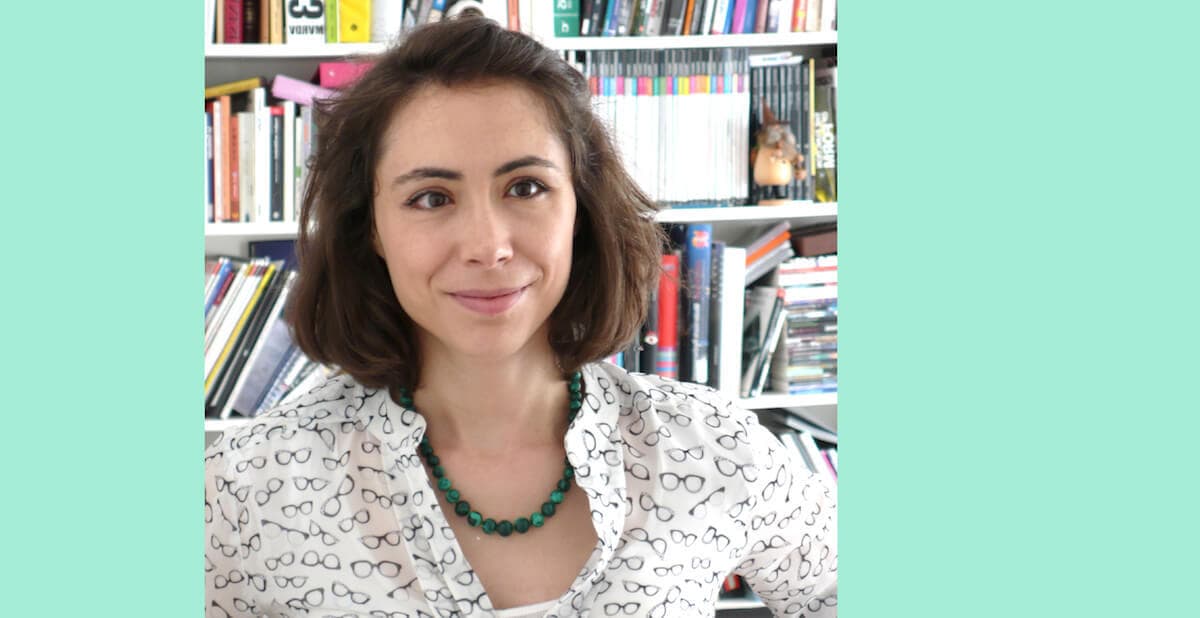
One of the top challenges of online education is keeping students motivated. Sophie approaches this by encouraging students to:
“Focus on an achievable goal and break that goal down into steps. I advise them to pay attention to presenting their work clearly. It will make their work stand out and will make the life of the employer easier. Design is about how it looks and how it works. The two are intertwined – as can be seen in the followin studies on aesthetics and in the study Attractive Things Work Better.
Advice to future designers and industry tips
Sophie’s number one piece of advice is clear cut: Join a company you really like or admire – you will be happier and more motivated, whatever difficulty you may face.
Like in all disciplines, there will be those that try and put your own work down, or insist that their way is the only way. “Some designers love hearing the sound of their voice. They believe their own design is better, no matter what. So they may critique/put your work down.” However, Sophie asserts that it is critical to remain self-assured, while still welcoming constructive feedback from others.
It is also important to make use of resources around you. “Do not hesitate to ask for help – we all need help from time to time, however experienced we are.”
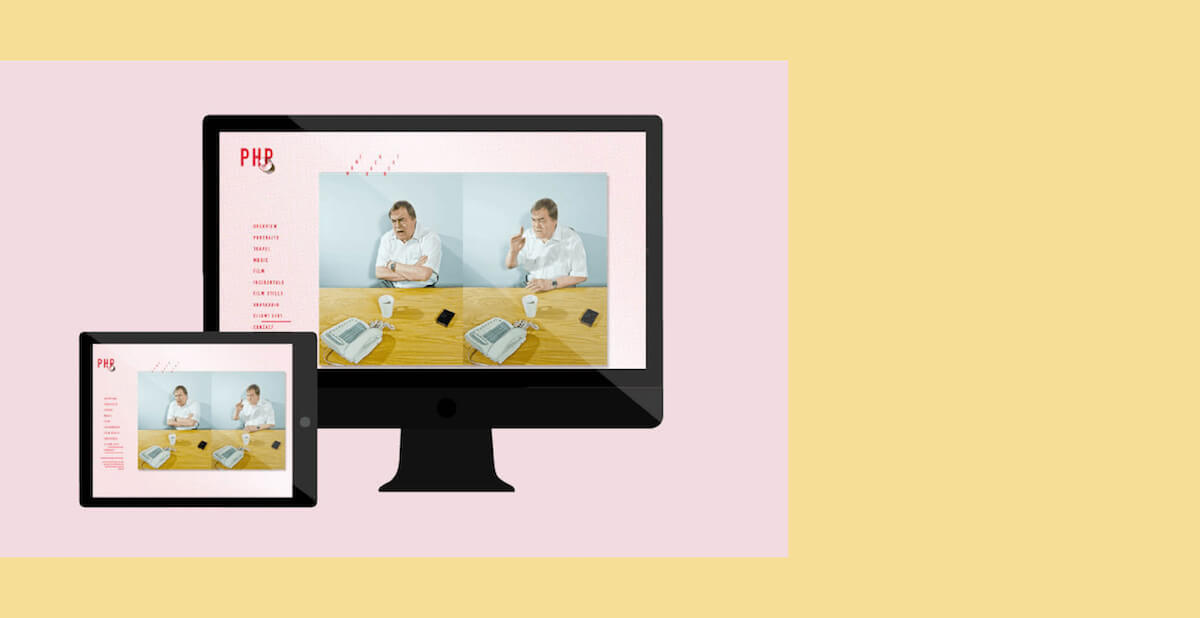
Aside from going to colleagues or online communities that can answer your questions, Sophie suggests two online resources:
Design Kit
A library of inspiring video on design mindsets, and research/design methods. All very well presented: http://www.designkit.org/
Axure
A prototyping tool that allows you to prototype responsive, interactive and complex sites: http://www.axure.com/
Lastly, the thing Sophie is most excited about right now in the tech industry is the potential of the virtual reality market.
“It seems like the virtual reality market is growing fast; a very exciting development, for consumers and designers-researchers. I’d love to design for it and teach VR as well.”
Are you interested in a career in UX design? Sign up for our free UX Design Short Course and learn a new UX design skill each day.
If you’re ready to take the plunge, register for our UX Design Course and study to become a UX designer in 3-6 months.
